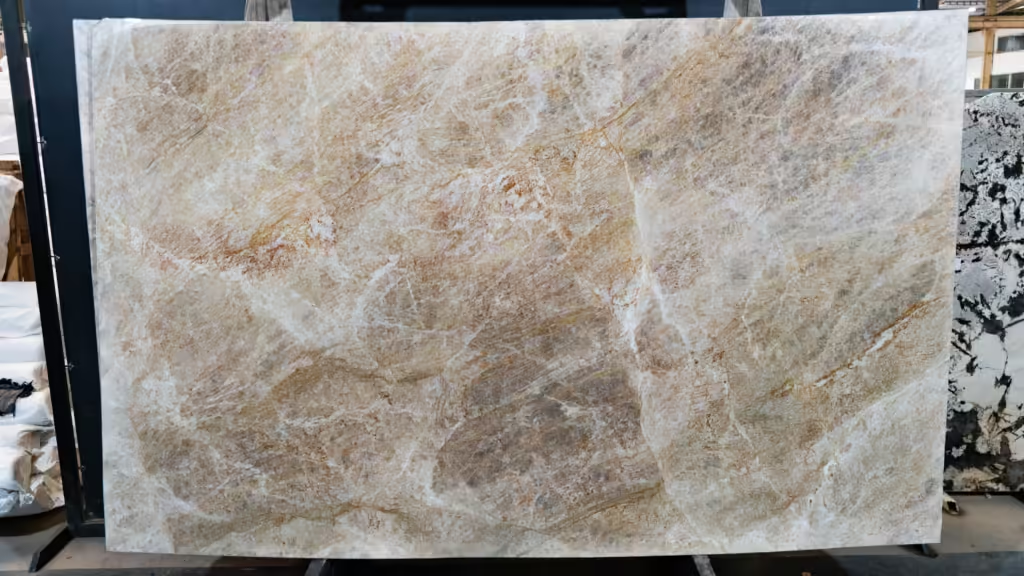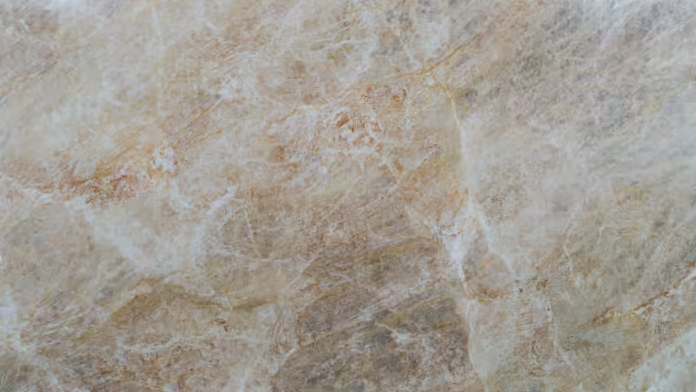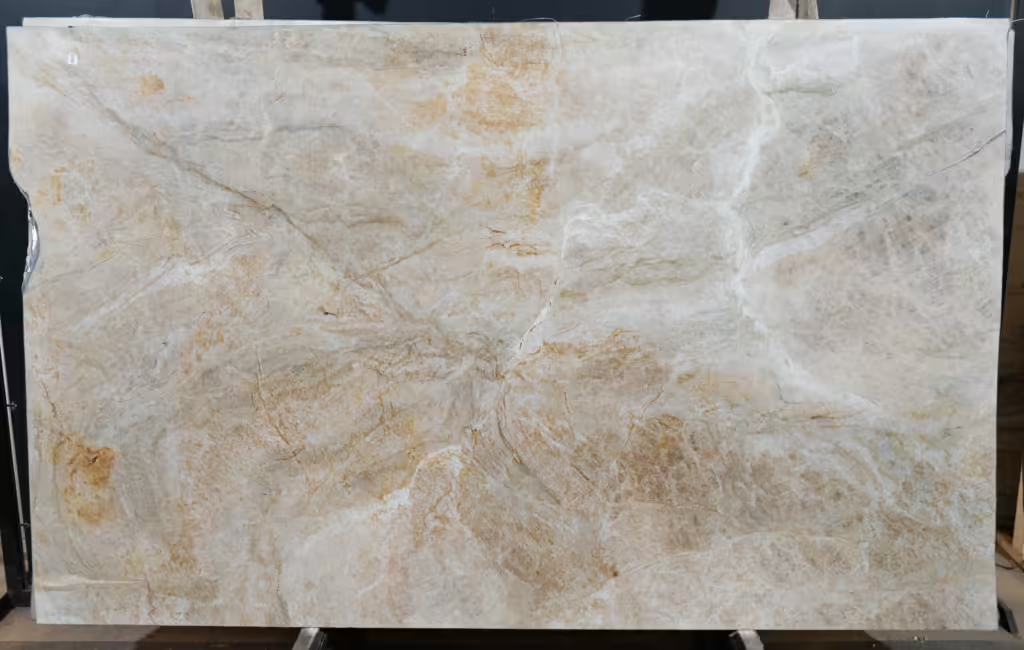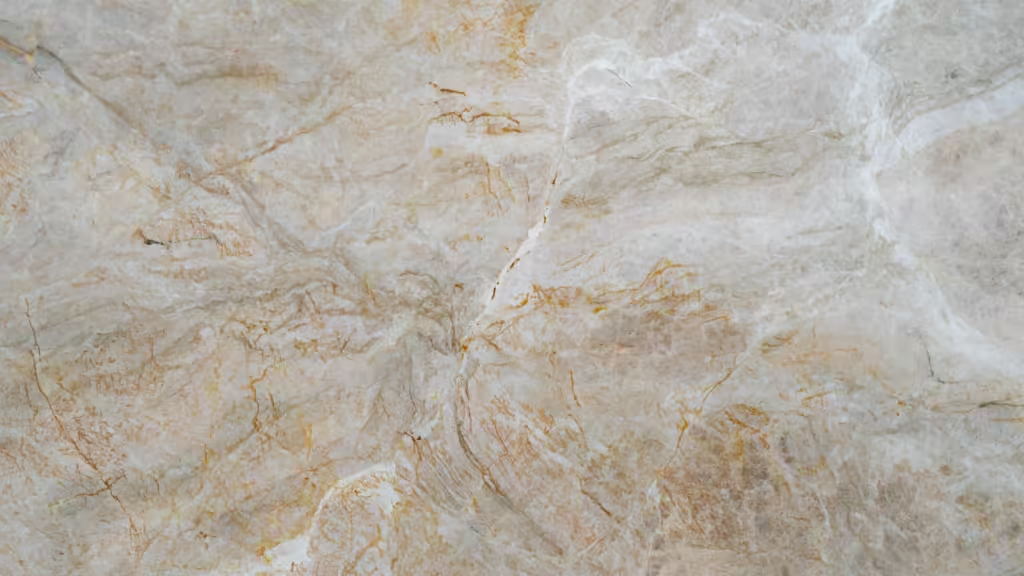A whitish colored rock is observed, with a massive structure, granolepidoblastic texture, fine to medium granulation, consisting basically of recrystallized quartz. Mylonitised rock, with deformed quartz crystals. Many fractures are seen cutting through the grains. No cavities or pores were observed. There were also no significant changes in weathering. No macrofossils or xenoliths were observed in the analyzed samples. Mohave, Silicatic rock.
Microscopically, the analyzed rock presents a mylonitized granolepidoblastic texture, the result of intense tectonic deformation, with a subphaneritic structure (visible but small minerals) and xenomorphic, with anhedral minerals predominating (without well-defined crystalline forms).
| Physical Test Results | |
| Name: | Mohave |
| Classification: | Quartzite |
| Color: | Whitish Colored |
| Apparent Density: | 2,617 g/cm3 |
| Water Absortion: | 0,41% |
| Resistance to Abrasion: | 0,56 mm |
| Modulus of Rupture: | 14,01 MPa |
It is composed mainly of quartz (92%), with fine to medium grain size, low relevance, wavy resolution (irregular darkening in the specific) and interference nuclei between light gray and dark gray. In addition, there is muscovite (8%), in thin micaceous lamellae, and opaque minerals (<1%), fine-grained and dispersed in the rock.
Quartz crystals have undergone flattening and migration of grain boundaries, forming larger crystals from fine aggregates. The union between the grains occurs by concave-convex imbrication (rounded joints) and, in some points, by serrated contacts (irregular edges).

The rock presents intermineral and transmineral fracturing, caused by shearing movements that deformed it under a ductile-brittle regime, combining plastic deformation and fractures. Classified as Micaceous Quartzite (Fettes & Desmons, 2007), this rock records an intense history of geological transformations.




